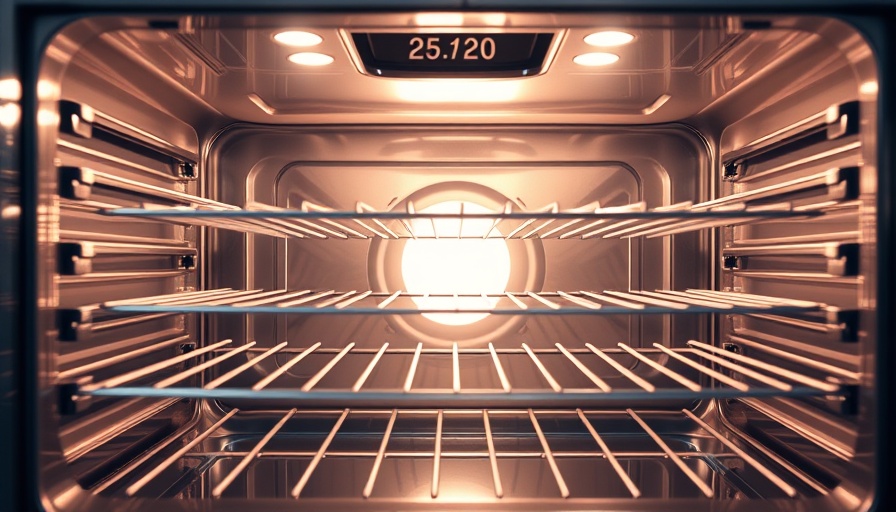
Quick Tips for a Spotless Oven in No Time
Cleaning an oven might not be your favorite weekend chore, but it doesn't have to be an all-day affair. In fact, with the right strategies and tools, you can make this task easy and efficient. Follow these insightful tips to get your oven sparkling clean without breaking a sweat.
The Power of Natural Ingredients
Many people turn to harsh chemicals when cleaning their ovens, but there’s a greener, safer way to accomplish the same task using natural ingredients. Simple items like baking soda and vinegar can be powerful allies. Mix a half cup of baking soda with water to form a paste. Spread this around the interior of your oven, avoiding the heating elements. Let it sit overnight; this allows the paste to break down grime and grease.
Effective Spray Solutions
If you're not inclined to wait overnight, store-bought oven cleaners can offer instantaneous clean-ups. However, make sure to choose products that are eco-friendly and safe. Spray the cleaner and allow it to sit for a recommended time before wiping clean. Just like that, you’ll have a clean oven with minimal effort!
How Steam Simplifies Cleaning
Have you ever tried using steam? It's not just for cooking! Place a small pot of water inside your oven and turn on the heat. Once it boils, turn off the oven and let the steam work its magic. This method softens baked-on food, making it easy to wipe away.
Consistent Maintenance Matters
The best way to avoid a tough clean is by maintaining your oven regularly. After each use, take a few moments to wipe away spills while they're still fresh. This prevents buildup and makes deep cleaning a breeze!
Innovative Cleaning Gadgets
If you're a tech enthusiast, consider investing in smart cleaning gadgets. Self-cleaning steam ovens are becoming popular, taking the hassle out of the equation by using high temperatures to burn away residues. Available features like smart controls can even alert you when the cleaning cycle is complete.
Make the Process Easier
Investing in quality oven liners can save you time and effort. These can catch drips and spills before reaching the oven surface and are often washable or replaceable, preserving the quality of your oven's interior.
Final Thoughts and Your Next Steps
Cleaning your oven may never be the highlight of your week, but it doesn’t have to feel like a burden. With these strategies, you can keep your oven in great shape and ready for your next culinary adventure. Consider setting aside a few minutes after each use to prevent grime buildup and ensure a spotless oven awaits you each time you bake.
 Add Row
Add Row  Add
Add 



Write A Comment